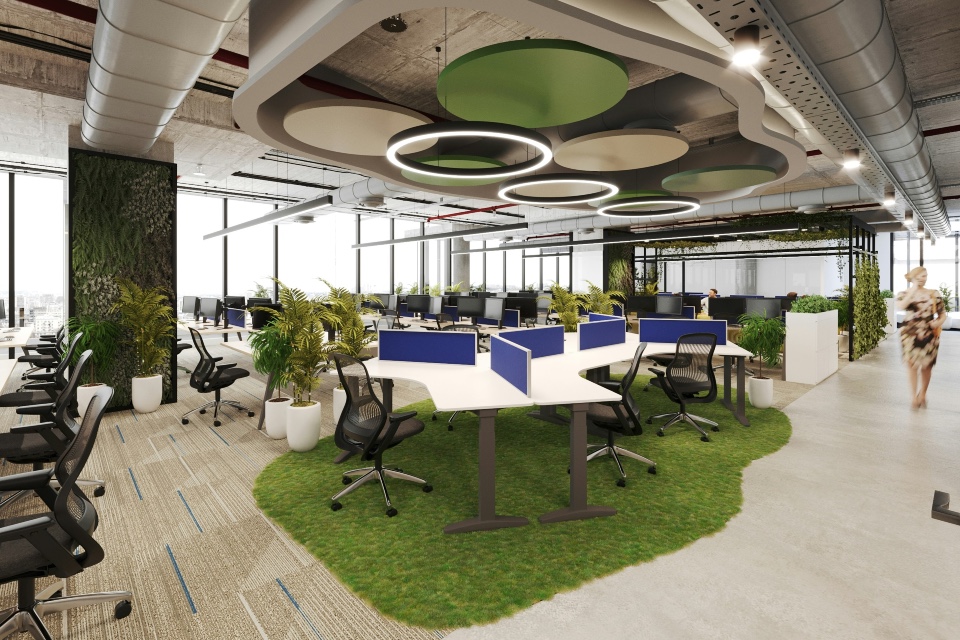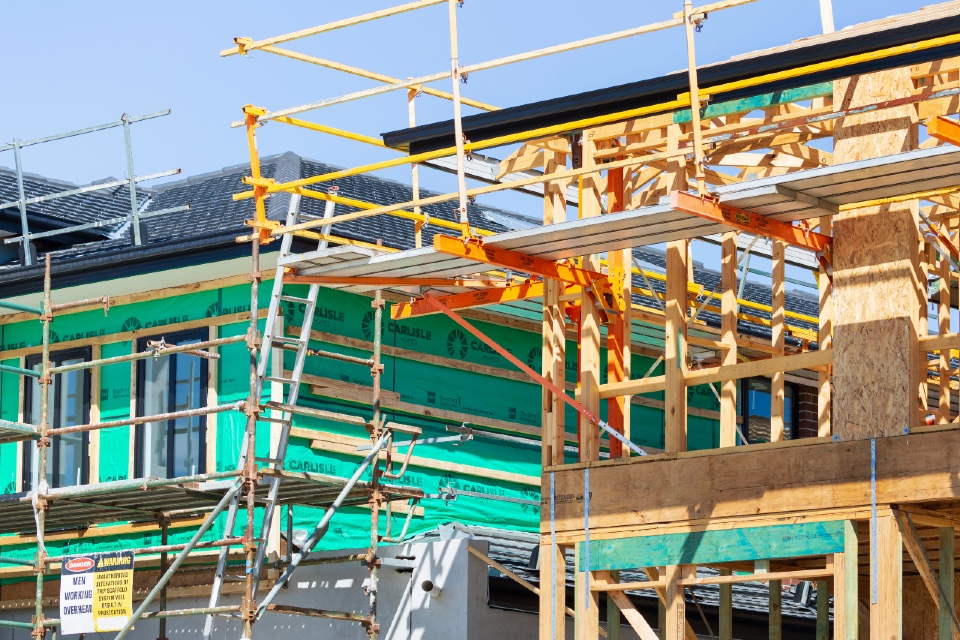Overall investment into Central London offices could total £5bn for the first half of 2019, down 39% on the same period in 2018 when £8.1bn was invested by the end of the half year.
New research from retail estate advisor JLL suggests that a third of all transactions in 2019 to date came from UK investors.
Discussing the findings, Julian Sandbach, Head of Central London Capital Markets at JLL, said: “Political uncertainty is continuing to impact investor confidence at present, and this is most acutely felt by institutional investors who are particularly cautious due to uncertainty and understandably, risk. The irony of the situation is that the reverse is being seen in the occupational market where the volume of space let in the first half of 2019 is forecast to reach 4.3m sq ft, only 6% below the 10-year average.”
The research indicated that occupiers continue to show long-term confidence in Central London, recognising it as a global business centre, with global operators committing to space in the first six months of 2019, including Facebook, Sony Music, G research, Glencore, Milbank Tweed, ERBD and Brewin Dolphin.
“London has a dwindling supply pipeline and although many cranes can be seen across its skyline a number of these developments have been pre-leased, with broadly 48% of the buildings under construction already let to future occupiers,” said Dan Burn, head of City agency at JLL.
“The squeeze is more acutely felt with 2019 product where 59% of speculative construction is now leased. In addition, as occupiers vie for the best space, there is a significant amount of space currently under offer, totaling 3.8m sq ft which we anticipate will push leasing totals for the year towards 10m sq ft, in line with 2018. Looking ahead, the low levels of speculative pipeline combined with the sustained occupier demand, will continue the upward pressure on rental growth, especially as the vacancy rate on brand new buildings is 0.5%.”
Sandbach continued: “Undoubtedly the health of the leasing markets will provide an underlying level of confidence to investors, albeit much of this capital is sitting on the sidelines awaiting further clarification on Brexit outcomes. In 2018 inward investment was heavily dominated by Korean and Singaporean capital and whilst we have seen Korean investment recede from London this year, due to concerns from the securities firms to sell down their positions, we are yet to see a new international capital source emerge. Instead we have seen enhanced numbers of private individuals and family offices become more active, particularly in the West End, as a result of a reduction in levels of competition and a less crowded market and for the first time in many years UK buyers have been more active than any other group.
“Whilst investment transactional volumes are down, pricing levels have not suffered and yields have remained firm. The ever-decreasing supply pipeline coupled with strong levels of pre-leasing has led to intense competition for development and refurbishment opportunities across the capital. There is strong appetite from REITs, development managers and property companies seeking to reposition assets that will capitalise on the robust occupier demand and low future supply with pricing being driven hard by the strong competition.
“Furthermore, with London prime yields at an average of 4%, the arbitrage available over prime European cities at 3% is plain to see and for best in class assets, strong competition still exists.”







